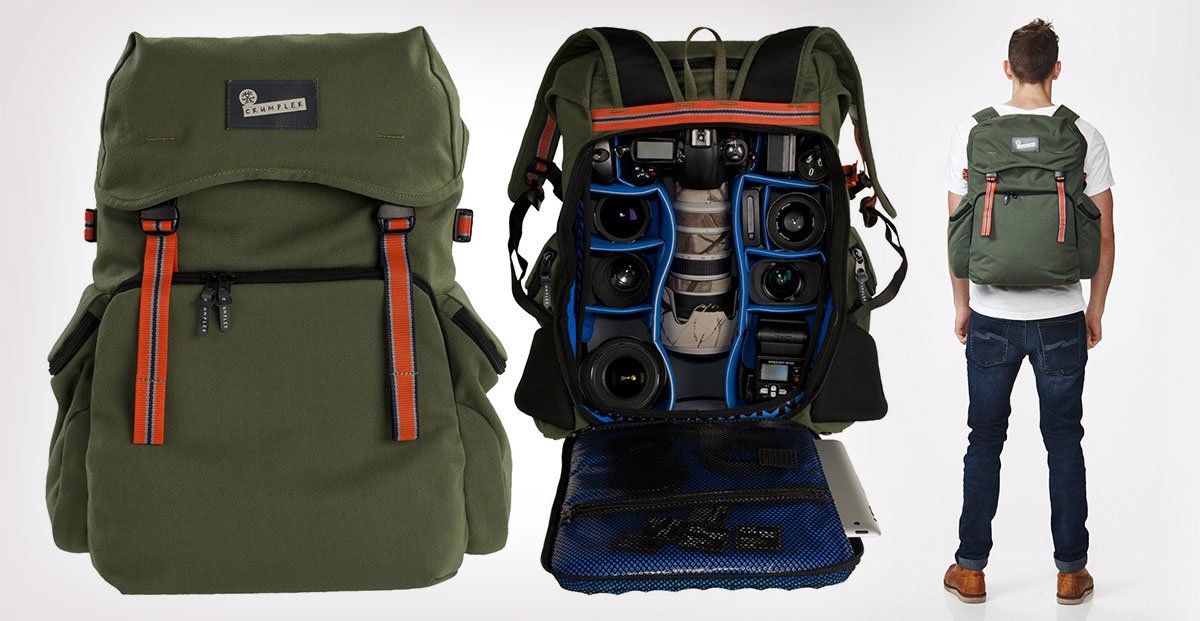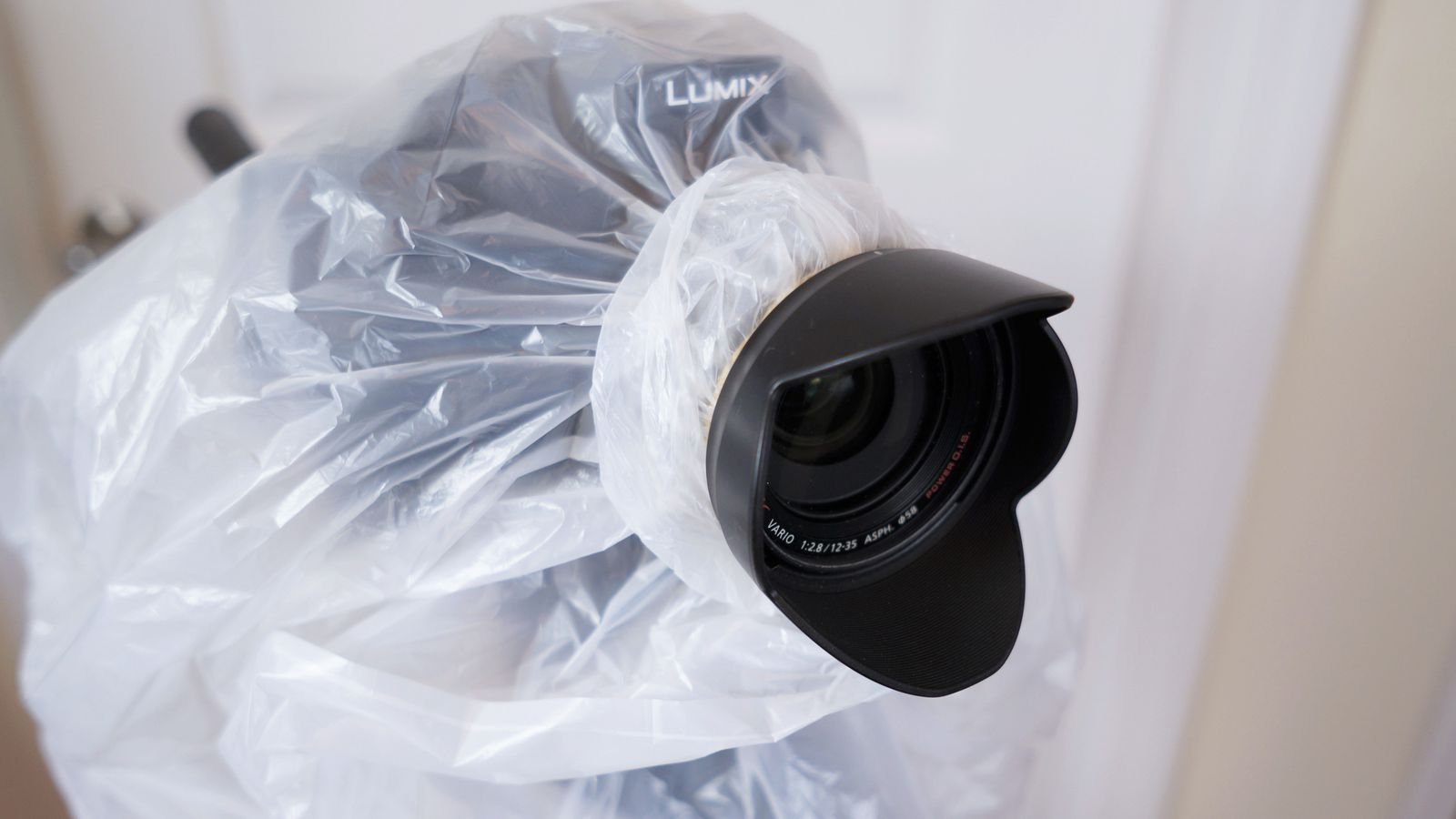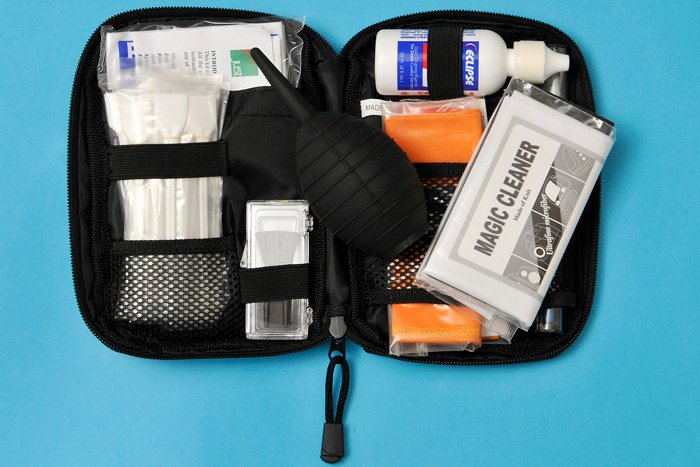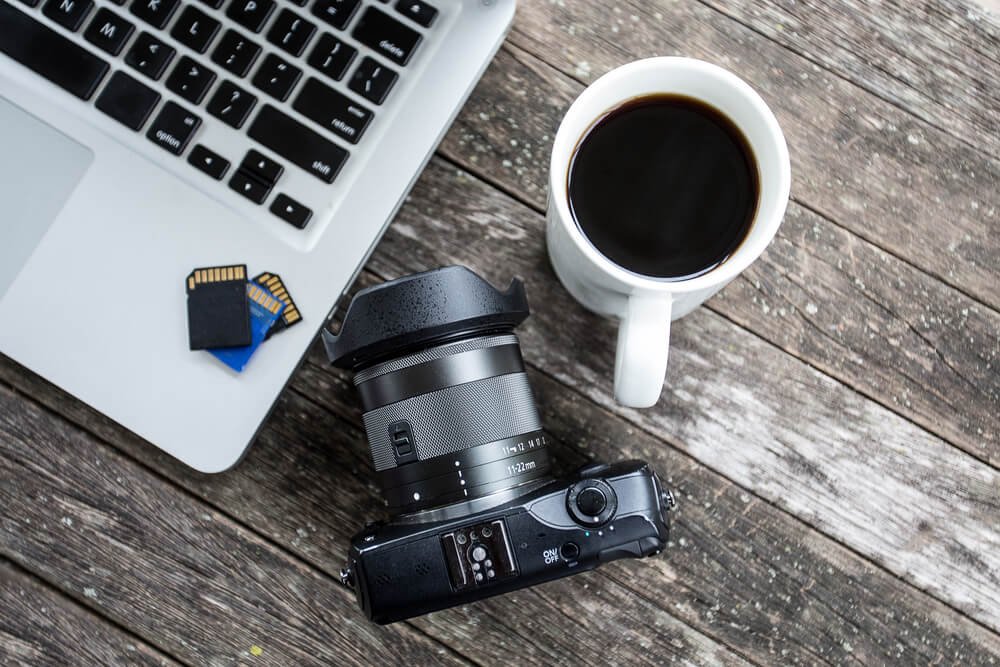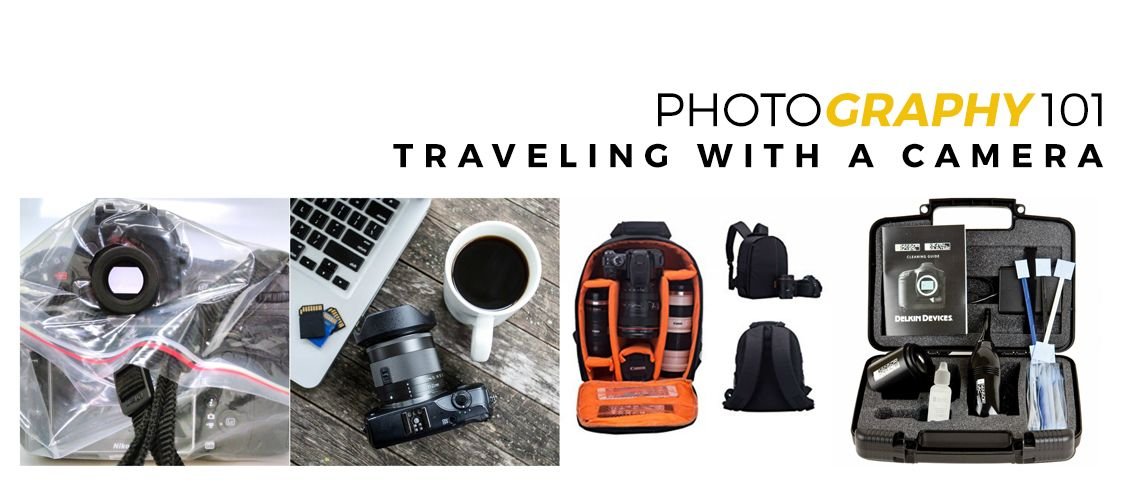
While every photographers' needs always differ, in general, certain items are almost always needed.
A photographer should carry his camera on-board the plane, bus, train or other mode of transportation rather than checking them in.
If your camera is a compact one with self-contained lens cover that activates when the camera is not in use and if the camera fits safely in a waist pack, purse or other carryall, then perhaps a camera bag is not necessary.
But anyone who carries accessories such as extra batteries, film or memory cards, photo viewers, USB and other cables, auxiliary flashes, etc. will probably need a camera bag.
Backpacks for Carrying Cameras
For those who have a DSLR (digital single-lens reflex) camera, a camera bag will protect your camera and accessories from scratches, shocks and the dreaded one, water. Standard camera bags are available, as are backpacks made especially for cameras.
The standard camera bag with shoulder strap might be the better choice for most photographers. However, hikers, climbers, and others out in the great outdoors might prefer the backpacks that come with all the padding and inserts to protect a camera and accessories. A camera bag allows access to the contents without removing the bag from the shoulder, while most backpacks require that the photographer put them down on some surface to get to the contents.
For someone with a lot of camera equipment might need one camera bag for carrying the camera and its accessories from destination to destination and another more compact one to carry the items selected for the day's photo shoot. If the camera bag is not waterproof, it is really important that you should carry some plastic bags to protect the camera, memory cards, film and anything else that should stay dry and free of dust.
How to Make a Protective Cover for a Camera
Waterproof housings are available for some cameras. A simple way to protect your camera from inclement weather is to make a protective cover using a two – gallon plastic storage bag.
- Open the storage bag.
- On a level surface, slide the camera—lens first and centered—to the bottom of the bag.
- (Proceed to the next step only if a protective UV (ultraviolet) or skylight filter is in place on the lens.)
- With a soft-tipped marker, trace around the circumference of the front of the lens.
- Remove the camera from the bag.
- With scissors, carefully cut out the just-traced circle.
- To provide the best protection for the camera, aim for a snug fit around the front of the lens.
- Let only the smallest part of the lens stick out from the plastic bag.
- Secure the bag with a rubber band.
Your hand will operate the camera's controls from inside the plastic bag.
Essential Items
It is very important that you should pack a lens cleaning kit and a cloth to wipe your camera. If your camera is a DSLR, you should always carry a sensor cleaning kit if you know how to clean the sensor. Otherwise, let a professional clean it.
Here are other essentials that you need to consider.
- You should not forget the manual of the camera.
- A hat or cap will protect the head in all kinds of weather.
- A small flashlight helps the user to see the camera's controls in low light.
- You should also pack a hand towel for drying your hands when wet and for wiping dust and dirt too.
Most professional photographers who uses digital cameras usually travel with laptops so they can save and process their images. Other traveling photographers skip the laptop thingy by taking a battery-operated portable hard drive/photo storage device for transferring images from the memory card to free up space on the card.
Some places have computer shops wherein you can take the memory card and have a photo CD or DVD burned or have prints made the same day.
All photographers aspiring and successful should think about their individual photo needs and carry the appropriate equipment. It is really important to make a list of what you are going to bring and only bring what you really need for the trip.
If you are eager to learn more about photography, you may check my other posts for further reading.
Thank you.

